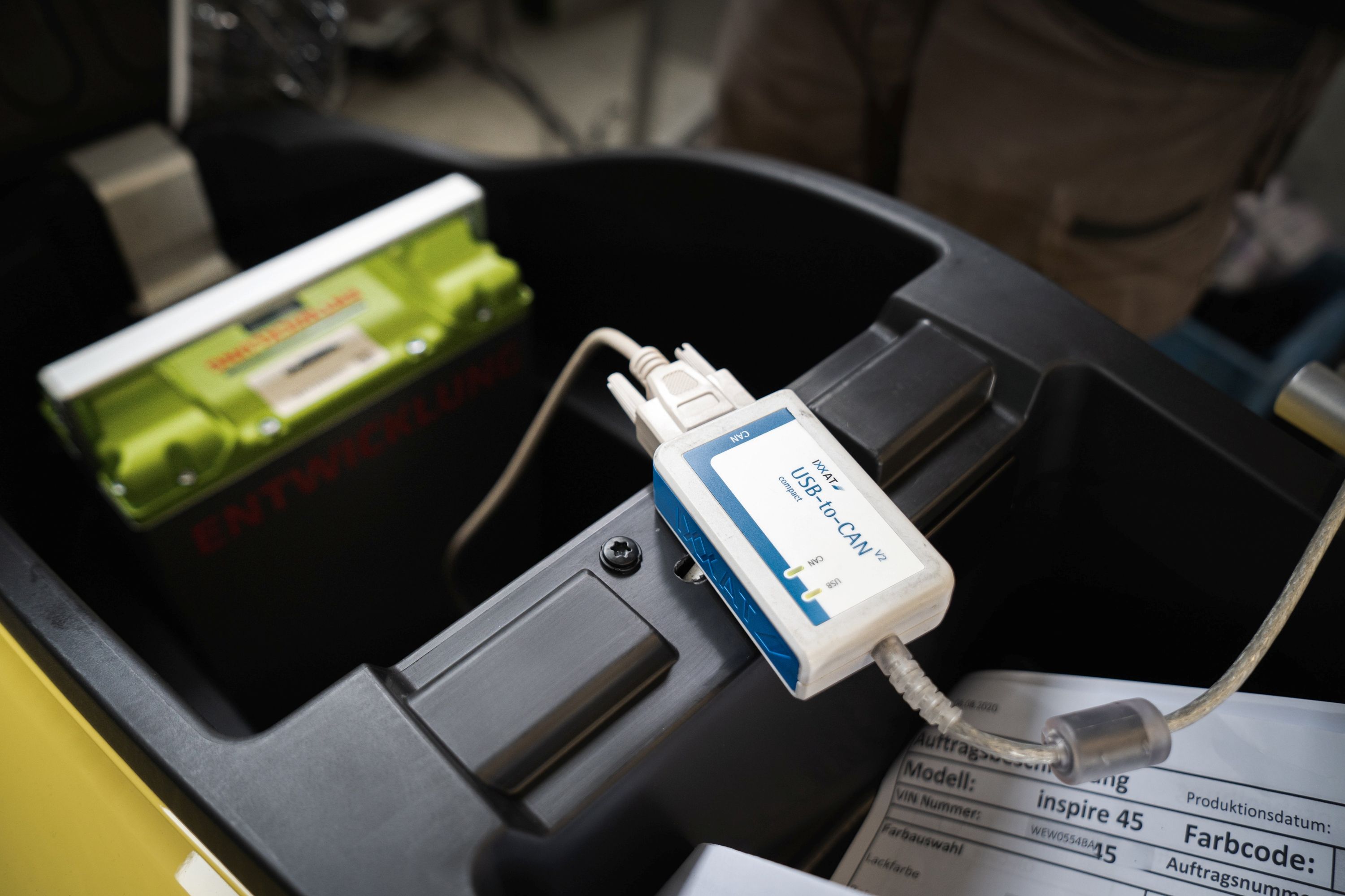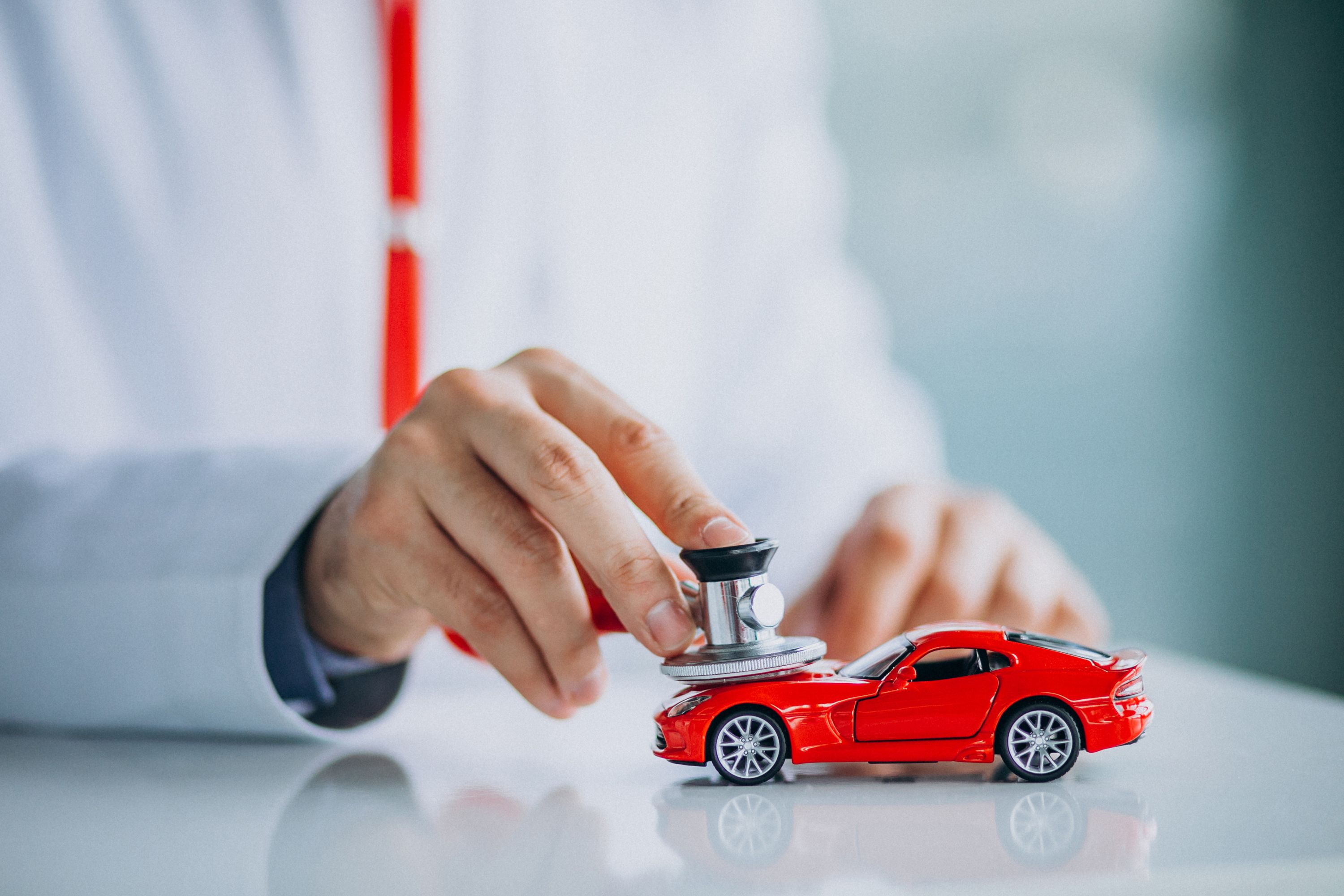
What is an OBD Scanner/Reader?
Simply put, an OBD scanner is a diagnostic tool for cars that can be used to access error reports stored within your car's computer memory. Modern vehicles are always scanning their onboard components, performing self-diagnostic functions. If the results sent back to the car's computer are too far from standard operating parameters, they are stored in an onboard fault memory system. This information takes the form of error codes, though that term is a bit misleading. Not every code is technically a real problem, with only a select few indicating the possibility of a serious situation arising if left unchecked. Onboard computers date back to 1969, but vehicle diagnostics systems only became standard around 1988, before becoming required in 1991.
The Difference Between an OBD-I and OBD-II Reader
While there's a variety of mobile apps, software, and car diagnostic tools available, scanners such as these are easy to plug in and use; they can be used in most modern cars, from sports cars to CUVs. There are currently two different models of onboard diagnostic readers. This is because cars built between 1991 and 1996 use one type of computer and those produced after 1996 use another. Thus, they each need their own car computer reader to monitor issues. There is no other difference aside from the two systems being incompatible with one another. Hopefully, moving forward, there will be a standardized vehicle code reader.
Locating Your OBD-I/II Port
Since there are different types of vehicle diagnostics systems, finding the OBD port in your car will depend on how new your car is. The OBD-II port for newer cars is generally located underneath the steering wheel. While this is sometimes the case for the OBD-I port, it may also be situated within the trunk or near the handbrake.
Since these access points are usually out in the open, and because direct access to your car's computer can be a security risk, it may be a good idea to buy an OBD-II port lock.
A Guide to Using Your OBD Reader
Whether you are using an old OBD reader or a newer OBD-II scanner, the steps are pretty much the same. Simply follow these steps:
- First, ensure that your vehicle is turned off.
- Now locate the OBD connector port - this is usually underneath the steering wheel, but you can consult with your owner's manual to be sure. Plug your OBD car code reader into the interface. Remember to be careful when aligning the OBD-II pinout with the connector, as the pins are very delicate.
- Start the vehicle. If you are using a wired OBD-II reader, it will boot up alongside the car. If you are using a scanner that requires manual activation do so when you turn the ignition.
- Now, input your vehicle's information. This should usually include the VIN, engine type, car model, etc. The device will prompt you about the specifics.
- Initiate the scan by pressing the appropriate button and leave your car to idle while it runs.
- You can monitor the progress, but there should be a notification once the scan is complete. If you are using an OBD reader connected to a mobile app, reporting may be done through your phone.
- Once you have the results, you can then cross-check them with your car codes to see if you have any serious problems. Again, if you are using a mobile app, it may bring up the relevant information automatically.
Note: You can leave the device connected while driving for continuous updates. The drain on the battery is minimal and some scanners have an automatic sleep mode. Still, be sure to read the manual that comes with the OBD reader, or contact the company's customer support if you are worried that it may cause problems if left connected.
Understanding Diagnostic Trouble Codes
There are quite a few different diagnostic trouble codes, each falling into their own specific categories. Some of the fancier OBD-II code readers may give a brief description of the problem. Alternatively, if you are using a mobile app with your OBD-II scanner tool, the codes may be linked directly to their complete explanation. In general, codes begin with a:
- B for body codes
- C for chassis codes
- U for network codes
- P for powertrain codes
Not every code requires a fix. Just because the check engine light comes on, it doesn't mean you have to go out and get a new one. It could just be an abnormality with your emissions, which could mean the filter needs replacing. This is hardly an urgent problem. However, there are certain codes that call for immediate repair work. Simply having the capability to determine the difference is very reassuring. This is why it is good to run a diagnostic test for your car now and then, but especially if any of the warning lights in your instrument cluster light up.


